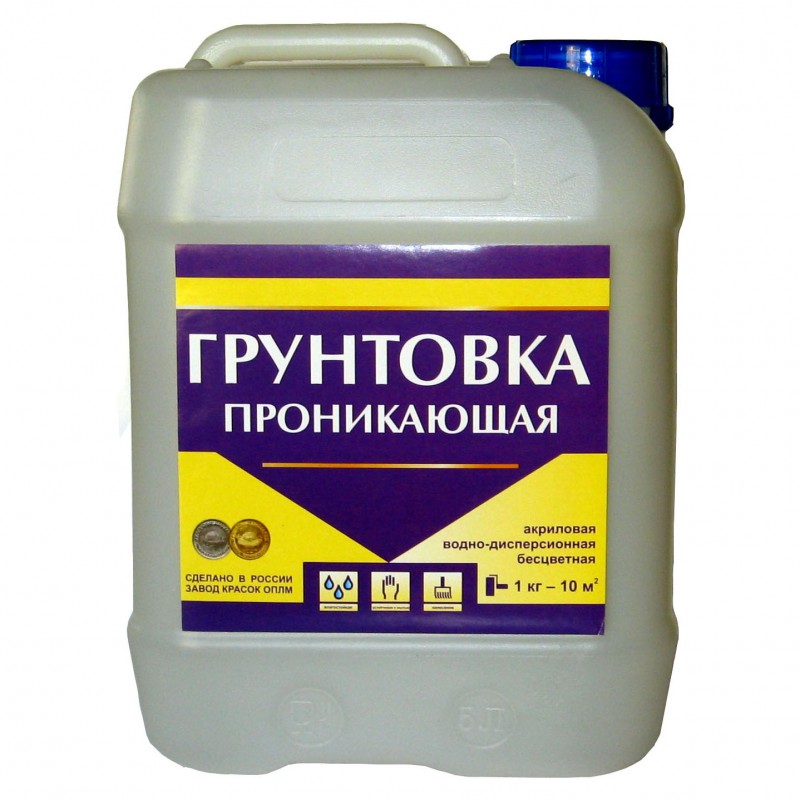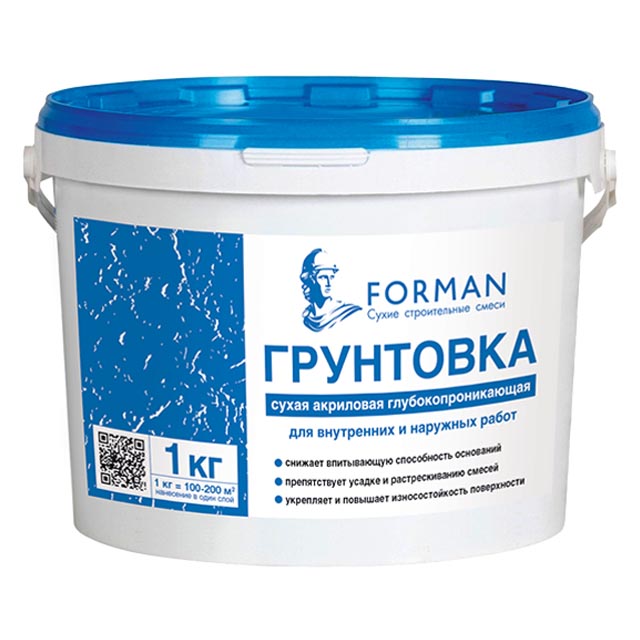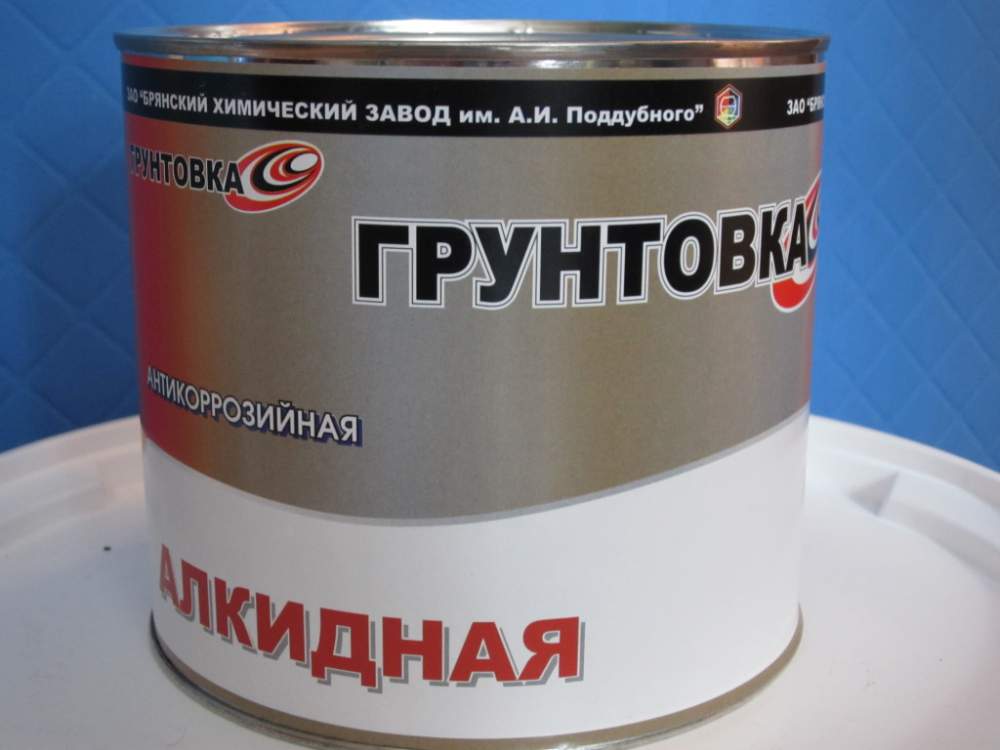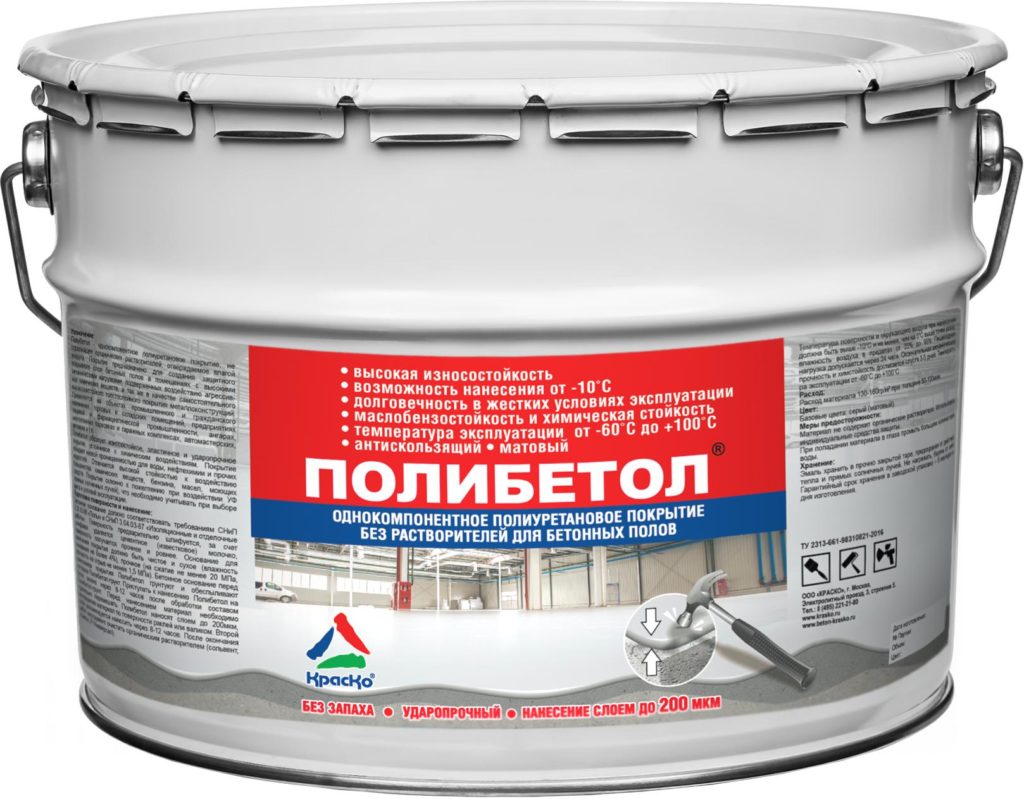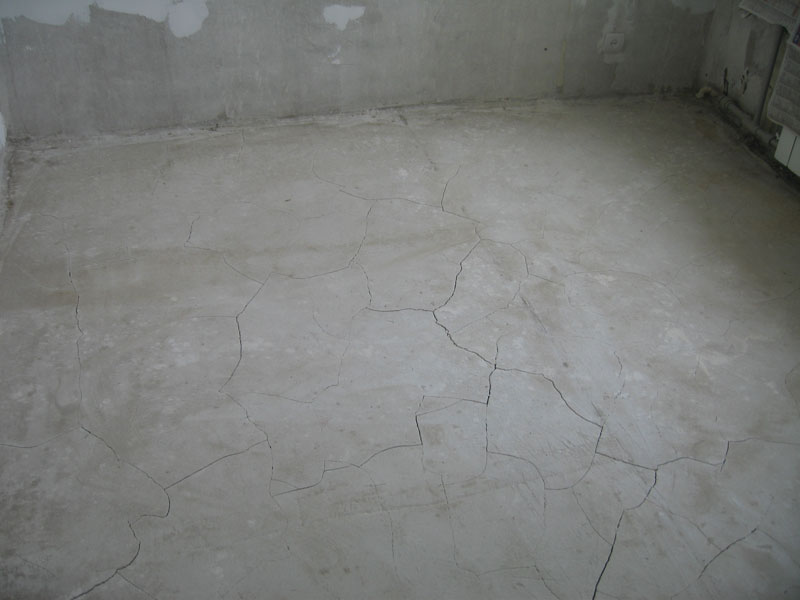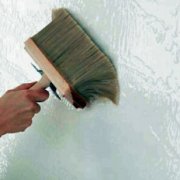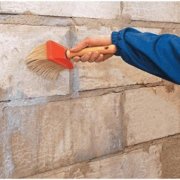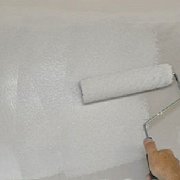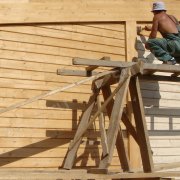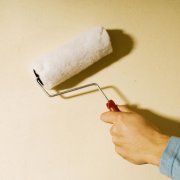Cement screed primer
Priming the floor before performing cement screed is an important stage of construction, ignoring which leads to a number of problems, up to replacing the floor covering. If the construction is done by yourself, you need to study the information on the types of primer, the selection rules and the application algorithm.
The content of the article
Why is a primer needed?
The cement-soil mixture strengthens the top layer of the floor. It absorbs and transfers the load to the building base. This increases the operational period of the finish coating. The cement-soil mixture also ensures the normal laying of the top floor layer. This result is achieved due to the fact that the building base is leveled and stiffness is enhanced.
Priming before performing a cement screed is a necessary measure, giving the following results:
- strengthens the finish flooring, extends the shelf life without the need for restoration;
- sticks together the remains of dust and other tiny particles;
- improves adhesion of the base to the screed;
- creates a water-repellent effect, so that there is no need for additional waterproofing;
- prevents the emergence of an aggressive biological environment due to antiseptic properties.
Primer classification
Primer manufacturers have expanded the range of composition and now on the shelves of specialized stores the following types of primer are presented:
- regulating surface porosity;
- penetrating;
- strengthening;
- composition for creating a smooth surface without roughness and tubercles;
- improving adhesion.
Each of these products is made in a special way. Due to this, the primer performs both basic functions and has specific characteristics that solve specific technical problems.
Types of specialized primer
The primer is classified based on which substance in the composition is the main active ingredient.
Acrylic
This is the most popular primer. The increased demand explains not only an acceptable price, but also the good quality of the product. The primer is recommended for use on concrete, cement, brick, wood and plasterboard surfaces. The primer is available both in the form of a finished mixture, and in the form of a concentrated solution for dilution with water. It is safe for health and dries quickly in 4 hours.
Alkyd
The primer is recommended for the treatment of wooden coatings. The primer penetrates deep into the material and prepares it for laying a cement screed. The drying time of the primer is 10 hours.
Perchlorovinyl
This primer is intended for outdoor use. It is recommended to be used for brick, cement and metal building foundations, as well as concrete street sites. The primer dries in an hour.
Phenolic
The primer is recommended for use on wooden and metal substrates. Drying time - 12 hours.
Polyvinyl acetate
The primer is used for all building foundations, but on the condition that the application of polyvinyl acetate paint will become the final floor covering. The drying time of the primer after application is a quarter of an hour.
Polyurethane
This primer is also called epoxy. This primer penetrates deep into the base. It is recommended for use after cement screed before the floor is finished. The composition of the primer includes particles that can clog the pores formed in concrete. In addition to the main characteristics, the polyurethane primer also does not respond to aggressive chemicals and has increased endurance. For this reason, the primer is recommended for use both in residential buildings and apartments, as well as in industrial premises.
Polystyrene
It contains solvents, therefore it is used only outdoors. If you apply a primer inside the building, this will lead to intoxication of the body. The primer is intended for plastered and wooden building foundations.
Gliftalova
The primer is recommended for indoor use. Drying time - knocking. Primer is used for metal surfaces.
For concrete base
For this type of building foundation, it is recommended to use two types of primer - polyurethane and concrete contact.
Concrete contact
The primer contains acrylic and quartz sand. In domestic products, the last ingredient is replaced with marble flour. The primer is applied to roughen the base, which will ensure its adhesion to the finish. Concrete contact dries in 2 hours, has a long operational period and provides waterproofing of the surface.
Primer Selection Rules
The primer for the cement screed is not selected for the upper layer, but focusing on the lower coating. So, if the primer is designed for wood, it means it is not suitable for concrete. It is also recommended that a primer be selected for specific technical purposes. If flooring takes place in a room with high humidity, it is recommended to purchase an acrylic primer. Such a primer is moisture resistant and has antibacterial properties, therefore, it will not allow the formation of mold and fungus.
If there are mechanical defects in the base (as shown in the photo), it is recommended to choose a primer that penetrates deep into the treated base. If the primer does not have this property, then the screed will not work.
To equip a coating that does not conduct current, it is recommended to use a polystyrene primer.
Priming algorithm
The instructions for using a primer for cement screed are simple. Its observance guarantees a positive result.
The necessary temperature regime for the period of priming - from +5 to +250 C. Before applying the primer, the surface is prepared properly. Old materials are removed and the substrate is freed from dust and other contaminants. Then the floor is left to dry and only after that it is primed.
If the finished mixture is used for priming, then it is thoroughly mixed. In the case of using the concentrate, it is diluted with water in the proportion indicated on the product packaging. The primer is applied to the coating using a roller, brush or spray gun. Then it is left to dry and after that the floor is screed.
The video shows how to apply the primer correctly.
There are no unnecessary and unnecessary works in construction. Priming is another confirmation of this. Ignoring this step can negatively affect both the cement screed and the floor finish.


